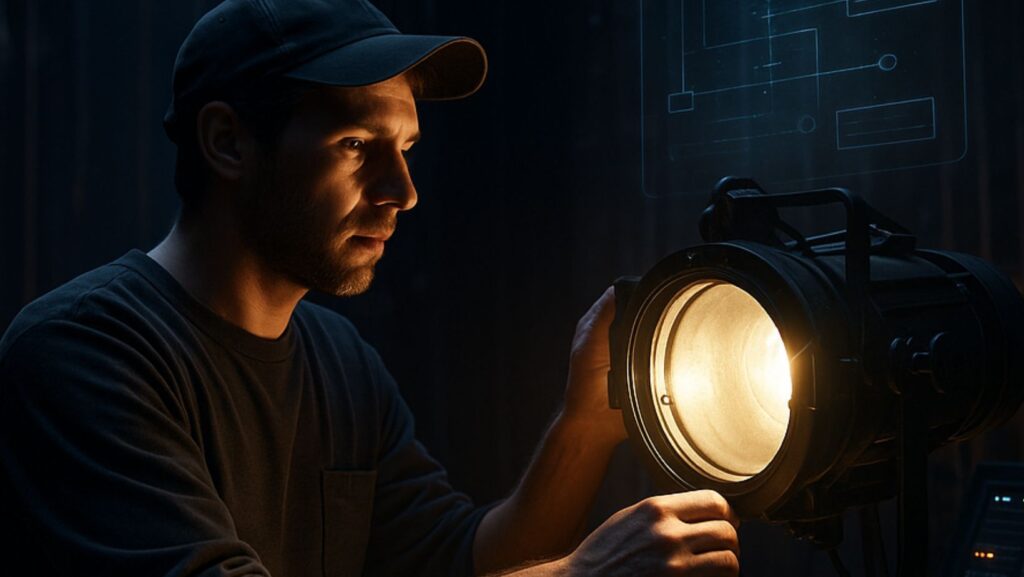Introduction: The Backstage Reality
Every great performance has two sides: the stage that the audience sees, and the backstage where the real work takes place. It’s the same in modern businesses, where innovation may shine at the front, but the real choreography of operations happens behind the curtain. Today, that hidden effort is increasingly managed by technology, quietly supporting people so they can focus on what truly matters—creativity, strategy, and vision.
From Repetition to Reinvention
Traditionally, backstage work in any field has been repetitive. Scripts are printed, sets are built, rehearsals are logged, and costumes are adjusted. In offices and enterprises, it’s invoices, contracts, reports, and endless data entry. These tasks may seem small, but together they consume enormous amounts of time. Over the years, technology has begun to chip away at this workload, transforming the way backstage operations are handled.
Intelligence Joins the Workflow
The turning point comes when automation stops being just about machines repeating a set of instructions and begins to actually understand patterns, language, and choices. This is where AI automation enters, merging structured rules with the fluidity of decision-making. Instead of replacing people, it becomes their assistant—managing the background noise so that human attention can move toward artistry and complex problem-solving. With the future of AI automation in business organizations unlock smoother collaboration, dependable outcomes, and the freedom to invest energy in more meaningful work.
The Symphony of Human and Machine
Think of it as a symphony orchestra. The conductor is the creative mind, setting the tempo and the emotion. The musicians are the workforce, each bringing skill and individuality. Then, quietly sitting in the background, is the unseen metronome that keeps everyone in sync. Intelligent systems play this backstage role—making sure the paperwork is aligned, the schedules are balanced, and the resources are distributed. People remain the stars, but their stage is better lit, more focused, and less cluttered.
Reimagining the Creative Process
When backstage work is handled with precision, it unlocks new space for experimentation. A designer can focus more on storytelling instead of getting stuck with technical bottlenecks. A director can refine narrative flow instead of wrestling with logistics. A startup founder can dedicate energy to vision rather than spreadsheets. This invisible support is what shifts projects from being efficient to being extraordinary.
The Shift Toward Adaptive Systems
One of the most fascinating aspects of backstage technology today is adaptability. Instead of being locked into rigid workflows, systems now learn and improve. They spot errors before they spread, predict needs before they are voiced, and scale up or down depending on demand. It is a kind of responsiveness that mirrors how backstage crews in theater anticipate cues before the actors speak their lines.
Everyday Scenarios of Hidden Help
Imagine a journalist researching multiple sources at once. An intelligent system filters and organizes the material, leaving the journalist free to craft the story instead of drowning in clutter. Picture an event coordinator juggling dozens of vendors and last-minute changes—technology steps in, rearranging schedules instantly. These small, hidden adjustments create the illusion of seamless execution, just like a stagehand pulling ropes and shifting sets in silence while the show continues smoothly.
Creativity Without Boundaries
The ultimate value lies in freeing people from the mental exhaustion of micromanagement. When routine tasks dissolve into the background, the imagination can stretch further.

An artist no longer has to pause to invoice clients; a business strategist no longer has to worry about manual data checks. In this backstage partnership, technology becomes the stagehand that nobody sees but everyone benefits from.
The Human Role Remains Central
Despite all this, people remain irreplaceable. Technology doesn’t dream up stories, design costumes, or decide which risks to take. It doesn’t understand culture, humor, or the emotional pulse of an audience. What it does is create room for those distinctly human qualities to flourish by making the invisible workload lighter. It is a partnership, not replacement.
Building Trust in the Background
The success of backstage systems depends on trust. Just as actors rely on stagehands to manage the lights and props without fail, workers and leaders must rely on these intelligent systems to manage processes securely and consistently. When trust is established, confidence grows, and people are more willing to step into bold ideas, knowing the framework will hold them.
Transforming Work Across Industries
From publishing houses to film studios, from hospitals to retail shops, this backstage support is weaving itself into daily life. A medical team benefits when records update instantly. A retailer thrives when supply chains adjust in real time. A media company grows when content flows faster without compromising quality. These examples illustrate how ai automation becomes the universal stagehand, silently shaping the performance without stealing the spotlight.
Conclusion: A Curtain That Never Falls
The magic of every production lies not just in what the audience sees, but also in what remains invisible—the dedication, the preparation, and the countless details happening backstage. The same is true in modern work. Technology has become the quiet partner, orchestrating the unseen, reducing the noise, and creating conditions where human brilliance can shine. The curtain may rise and fall, but behind it, the invisible choreography never stops.

